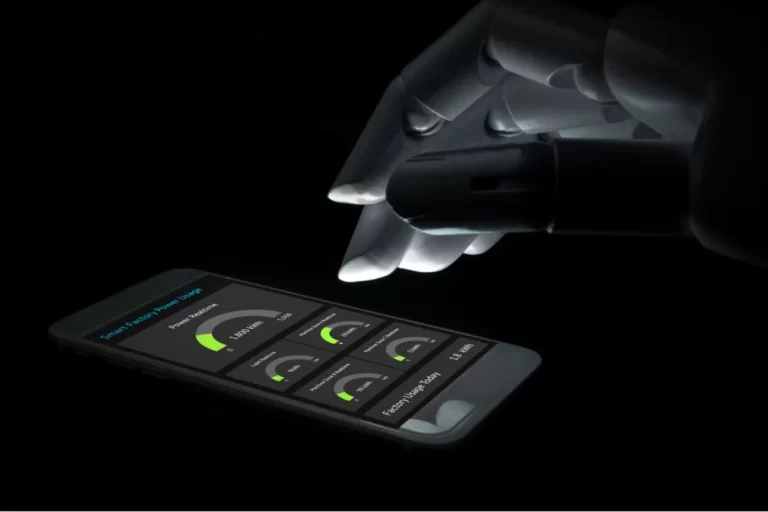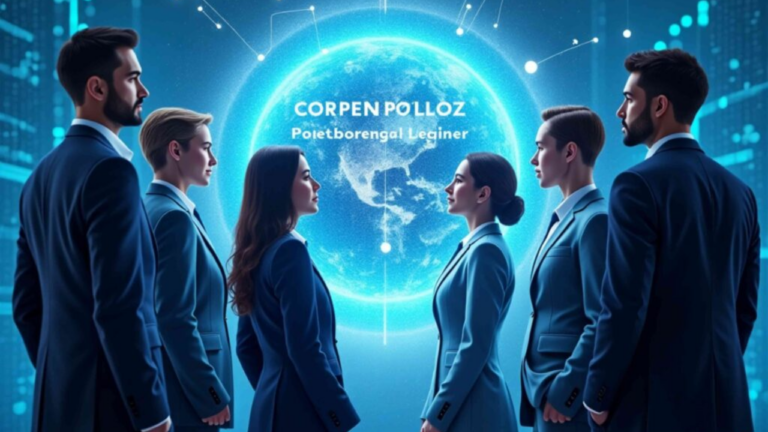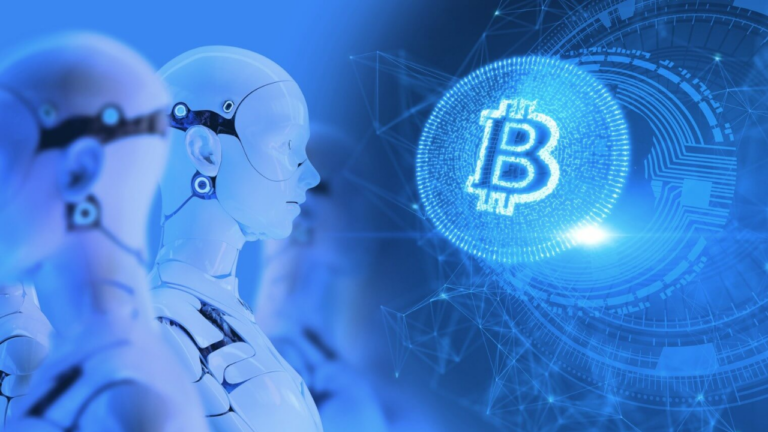
Photo matching is a process in which a live image of an individual is compared with the image present in the documents in order to confirm the identity. This process is also known as face verification. It is effective for both on-site and online verification. It is used in many businesses worldwide such as travel, finance, and more to ensure security and prevent impersonation. The three main purposes of this technology are:
- Identity Verification
- Security
- Fraud Prevention
Photo ID matching also plays a critical role in facilitating smooth and secure transactions. The person providing ID is ultimately a legitimate or rightful owner of that identification.
How Does the Technology Work?
This AI-driven process uses advanced algorithms and AI face match software to authenticate a person’s identity. It is a critical process that includes the mentioned steps:
-
Capturing an Image
The process initiates with submitting the real-time picture of a person along with the government-issued national identity card picture. The quality of the image can not be compromised, which will then affect the efficiency of the verification process.
-
Computer Vision Examination
The computer vision analysis evaluates the unique facial features in the image and compares those with the real-time image of the individual to verify the identity.
-
The Outcome of the Analysis
Based on the process, the system declares the authenticity of the user. In case of inconsistencies, the process stays in review.
Industrial Use Cases
In today’s digital world, photo matching is a crucial process where security and safety are paramount. It has become an integral component of verification in many sectors including finance, immigration, and more.
-
Financial Sectors
For financial institutions where security and safety are on priority, the photo-matching technique is used while making transactions, opening a bank account, and applying for other bank services such as loans. The system is implemented to prevent fraud, money laundering, and other related vicious activities.
-
Travel Industries
Realm of travel also requires a photo matching technique to ensure safety. Airports, border checkpoints, and immigration offices use this technology to prevent illegal traveling, verify identity, and assure entry eligibility of the individual. This automated process is user-friendly and has reduced waiting times.
Future Trends in Photo Matching
Due to the increased need for verification, this technology will likely evolve and introduce new features that will contribute to the enhanced security of the system. Advanced algorithms like machine learning are being trained to verify individuals in harsh conditions as well which include inappropriate lighting, disguised appearances, and more. Besides, real-time verification is also crucial which will verify identities in crowded places to identify the potential risk. Digital footprint can also be an extra add-on in the technology which can help in better continuous monitoring.
Face Matching Solutions and Challenges
The popularity of AI-powered image ID matching solutions has helped businesses to streamline the verification process because they are tightly integrated with every platform, from banking apps to government portals, resulting in seamless verification with minimal user input. These AI-powered technologies may be used not just to match ID photos to people, but also to verify the integrity of documents. To certify the document, these AI algorithms look at hundreds of data points, including watermarks and fonts. This prevents fraudulent submissions while maintaining a user-friendly experience.
Moreover, consumers are concerned about how their personal information is maintained and used, as well as who has access to and uses their sensitive data. Face match technologies also raise concerns about the system’s accuracy and durability, as well as the degree to which the ID is confirmed. Identity Verification tools are indeed biased, and users worry about the integrity and fairness of systems and how they are implemented.
Conclusion
Online face matching has gained popularity in recent years, with applications in a variety of areas such as healthcare, border security, law enforcement, retail, e-commerce, financial institutions, and online transactions. Bad actors utilize this technology to their advantage. To avoid photo matching technologies, they use deepfakes, mask attacks, and spoof identities. To identify potential users and prevent them from accessing services, photo-matching solutions must combine complicated approaches such as liveness detection and biometric matching accuracy with modern AI algorithms. Furthermore, achieving the right mix between responsible identity verification and technological integration might help to significantly reduce potential risks.





